Classical Mechanics
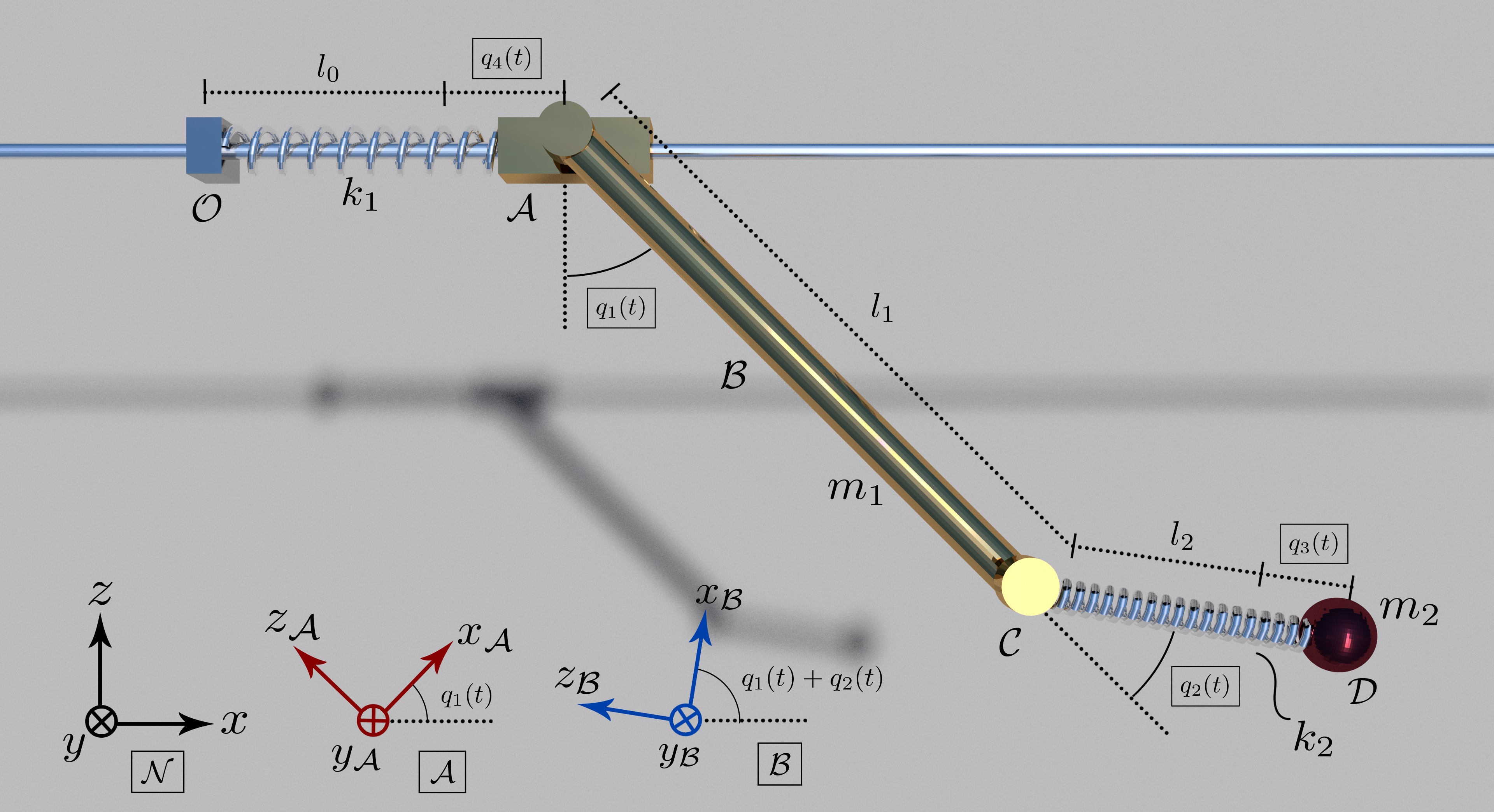
-
Description:
The origion of modern physics, starting with the formulation by Isaac Newton and later reformulated in the works of Joseph-Louis Lagrange and Sir William Rowan Hamilton.
Quantum Mechanics
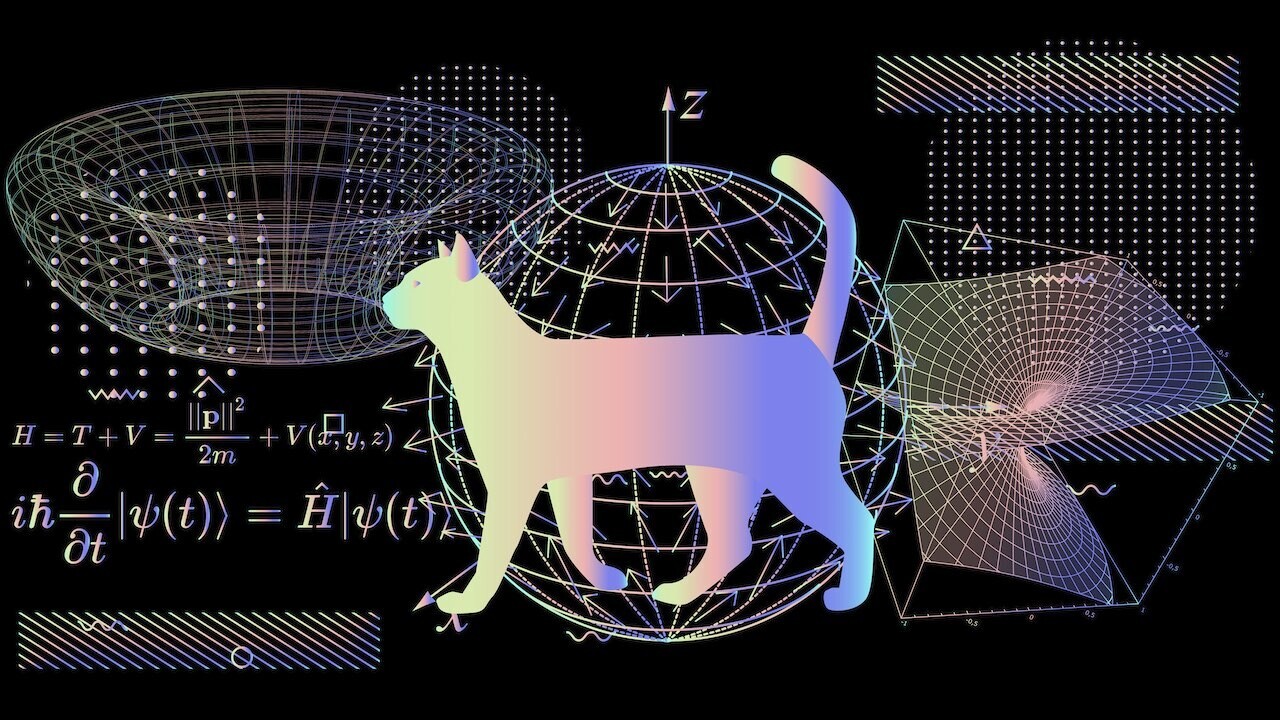
-
Description:
The foundation of our current understanding of physics, in which the states of any system are elements of a Hilbert space and observables are operators on this Hilbert space.
General Relativity
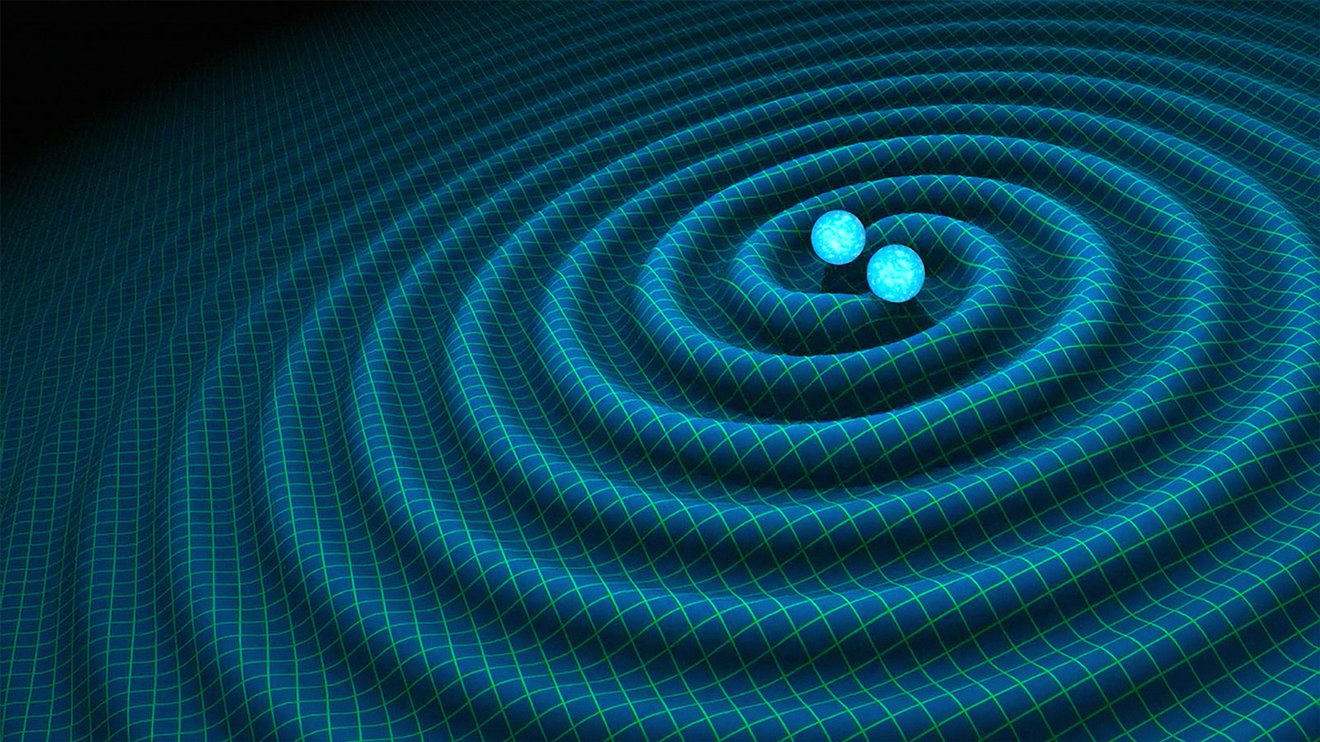
-
Description:
Einsteins theory of gravity, in which the world is modelled as a 4-dimensional Lorentzian manifold, equiped with a metric structure.
Classical Field Theory
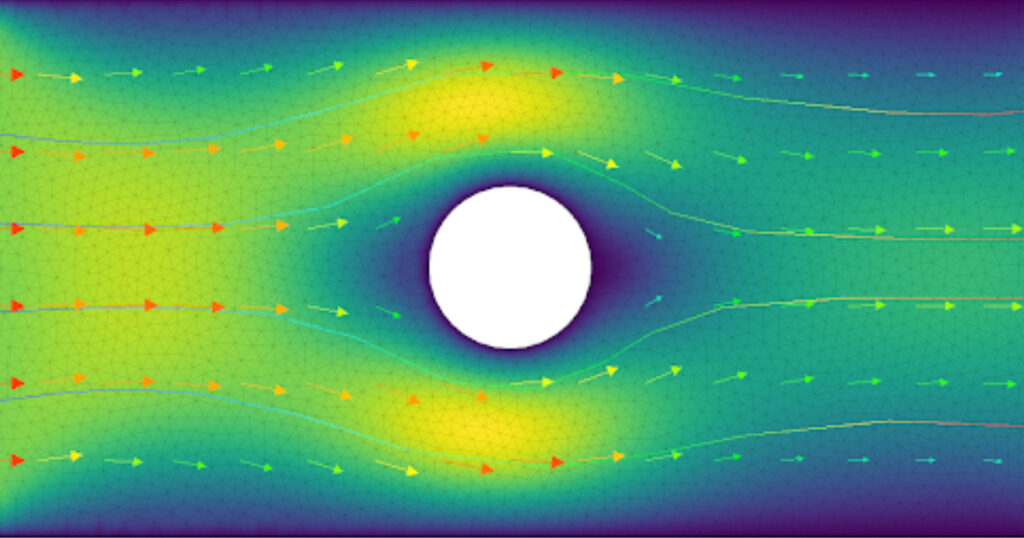
-
Description:
The branch og classical mechanics, concerned with the study of systems with infinitely many degrees of freedom, by modelling these systems as continous media, described by fields.
Condensed Matter Theory
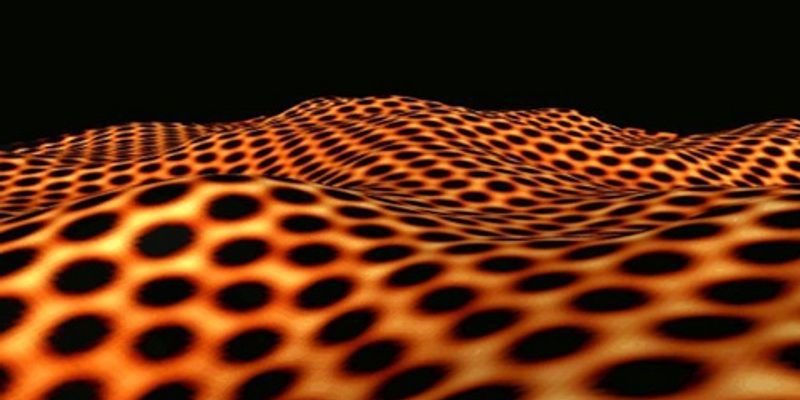
-
Description:
The study of how our elementary theories of physics give rise to new emergent properties in systems with a large number of particles.
Statistical Physics
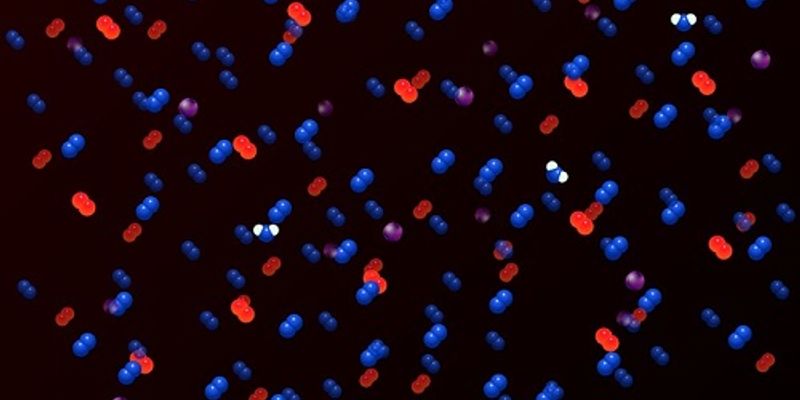
-
Description:
The link between our microscopic physical theories and macroscopic effective theory of thermodynamics, through the use of statistical analysis.
Quantum Field Theory
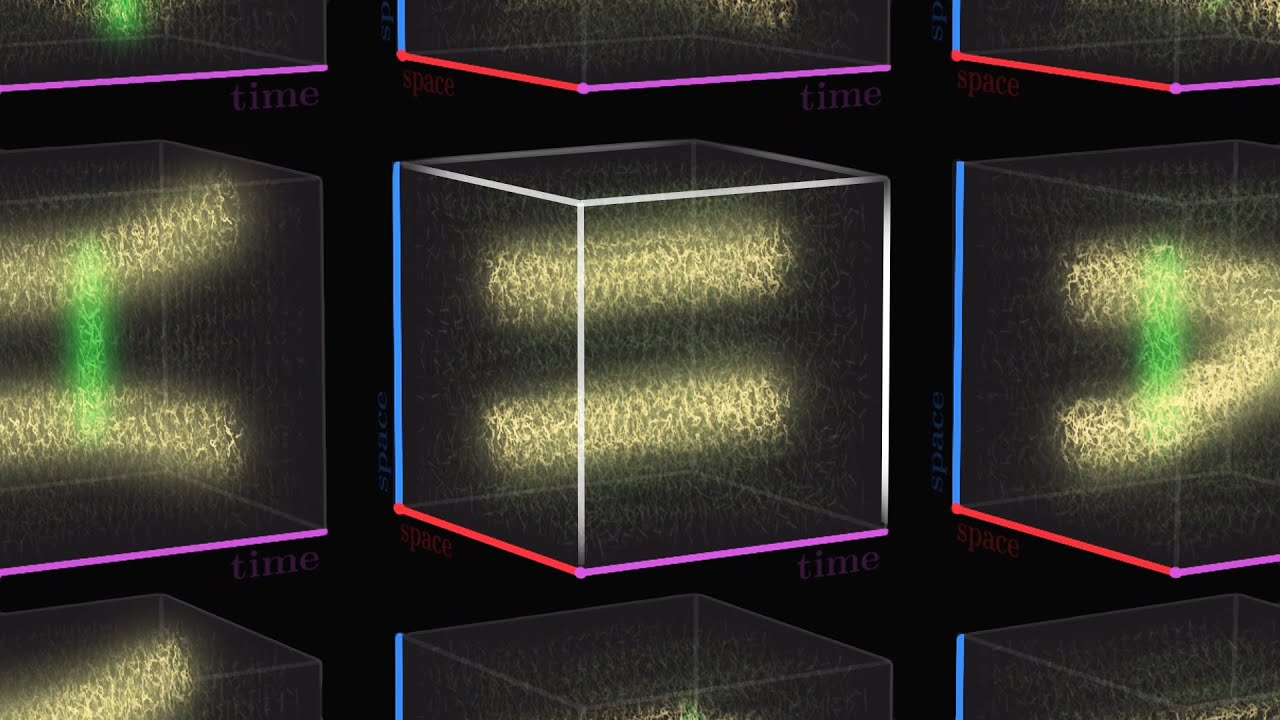
-
Description:
The consitent scheme for combining quantum mechanics and special relativity, by quantizing classical field theories; the foundation of the entire Standard Model.
Quantum Gravity
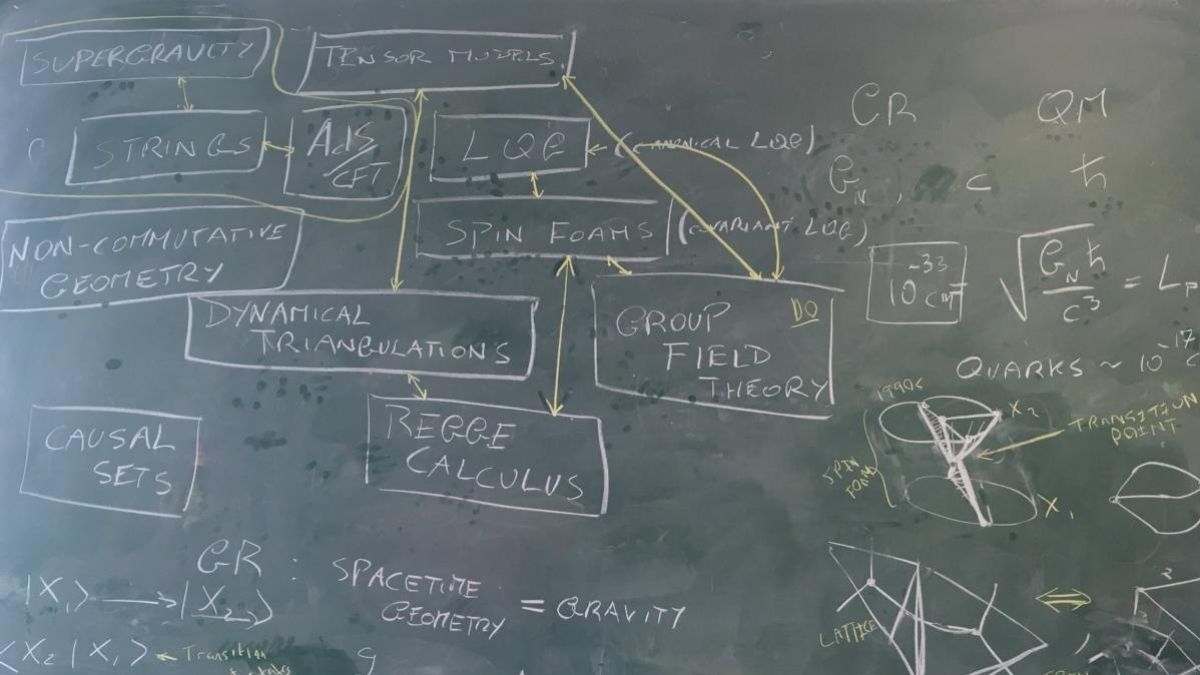
-
Description:
The study of consistently combining Quantum Mechanics and General Relativity; String Theory, Loop Quantum Gravity and Causal Dynamical Triangulation are all attempts at QG.
String Theory
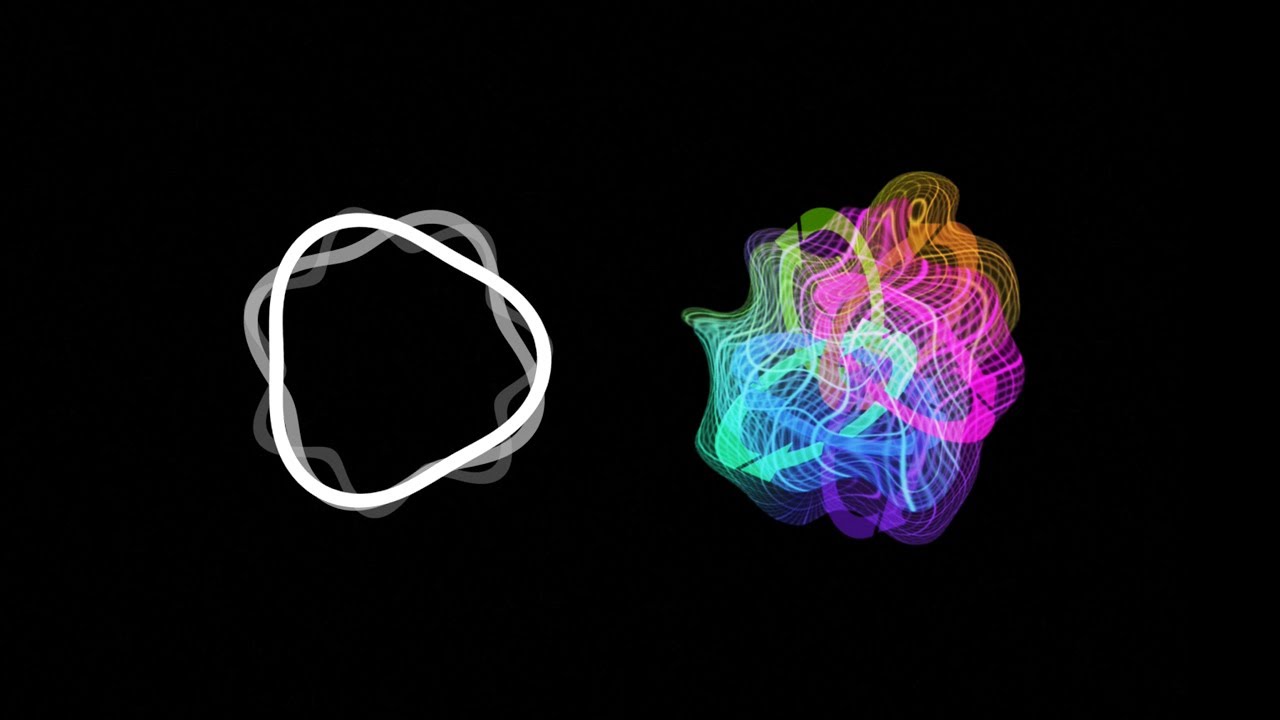
-
Description:
Initially the study of Quantized Relativistic Strings, as a way to produce spin-2 particles; Central to Holography and some modern approaches to Scattering Amplitudes.








